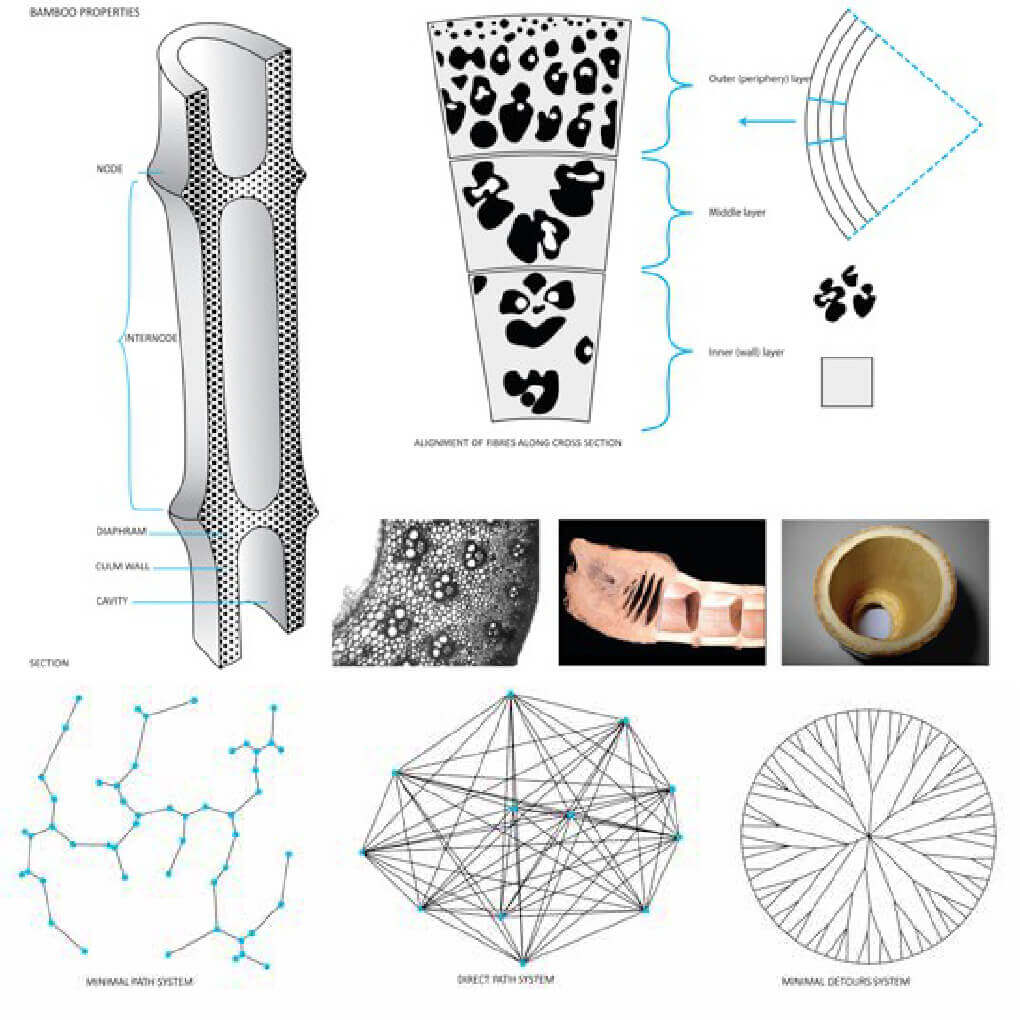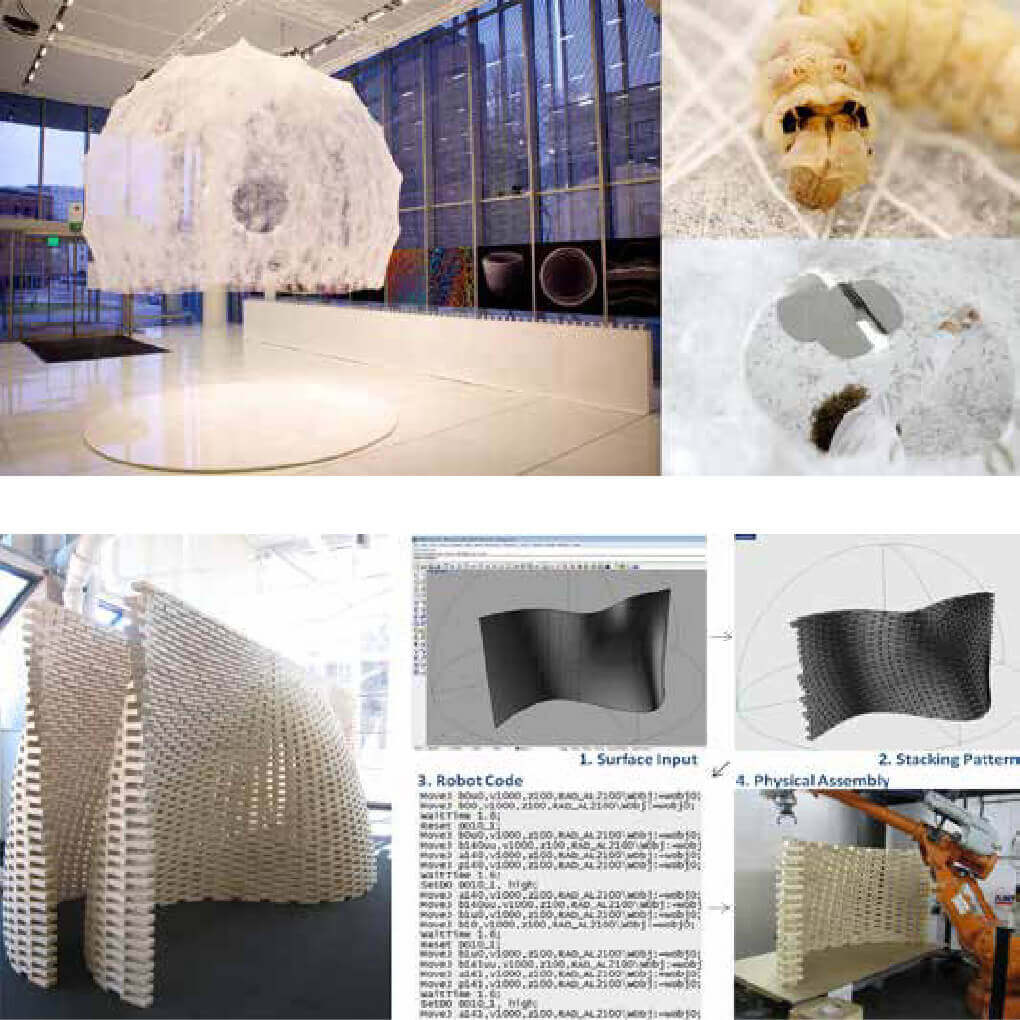Computation and Performance
eCAADe 2013 Computation and Performance
Edited By: Rudi Stouffs and Sevil Sariyildiz
 The design of Net Zero Energy Buildings (NZEBs) is a challenging problem of increasing importance. The NZEB objective has raised the bar of building performance and will change the way buildings are designed and constructed. During the coming years, the building design community at large will be galvanized by mandatory codes and standards that aim to reach neutral or zero-energy built environments. At the same time, lessons from practice show that designing a robust NZEB is a complex, costly, and tedious task. The uncertainty of decision-making for NZEBs is high. Designers have are faced with a pool of various choices to arrive to the NZEB performance objective.
The design of Net Zero Energy Buildings (NZEBs) is a challenging problem of increasing importance. The NZEB objective has raised the bar of building performance and will change the way buildings are designed and constructed. During the coming years, the building design community at large will be galvanized by mandatory codes and standards that aim to reach neutral or zero-energy built environments. At the same time, lessons from practice show that designing a robust NZEB is a complex, costly, and tedious task. The uncertainty of decision-making for NZEBs is high. Designers have are faced with a pool of various choices to arrive to the NZEB performance objective.
 Combining passive and active systems early on is a challenge, as is, more importantly, guiding designers towards the NZEB objective that requires high energy and indoor comfort performance criteria. An international effort to define the main building design aspects for NZEBs is ongoing in the International Energy Agency (IEA) joint Solar Heating and Cooling (SHC) Task40 and Energy Conservation in Buildings and Community systems (ECBCS) Annex52 titled “Towards Net Zero Energy Solar Buildings”. At this stage, the architects are in a constant search for a design direction to make an informed decision.
Combining passive and active systems early on is a challenge, as is, more importantly, guiding designers towards the NZEB objective that requires high energy and indoor comfort performance criteria. An international effort to define the main building design aspects for NZEBs is ongoing in the International Energy Agency (IEA) joint Solar Heating and Cooling (SHC) Task40 and Energy Conservation in Buildings and Community systems (ECBCS) Annex52 titled “Towards Net Zero Energy Solar Buildings”. At this stage, the architects are in a constant search for a design direction to make an informed decision.
 In current architectural practice some important changes are taking place because of the development of numerous Building Performance Simulations (BPS) tools to support design decisions during early phases of the design process. Many difficulties still persist, however, not necessarily due to the limitations of the available technology, but to the lack of appropriate methodologies to use the existing tools to improve the decision making process, particularly at the early design stages. In this work we present an application of performance-based design in early design phases, with the purpose to take better-informed decisions which would ultimately contribute to improve the energy performance of buildings.
In current architectural practice some important changes are taking place because of the development of numerous Building Performance Simulations (BPS) tools to support design decisions during early phases of the design process. Many difficulties still persist, however, not necessarily due to the limitations of the available technology, but to the lack of appropriate methodologies to use the existing tools to improve the decision making process, particularly at the early design stages. In this work we present an application of performance-based design in early design phases, with the purpose to take better-informed decisions which would ultimately contribute to improve the energy performance of buildings.




























Comments